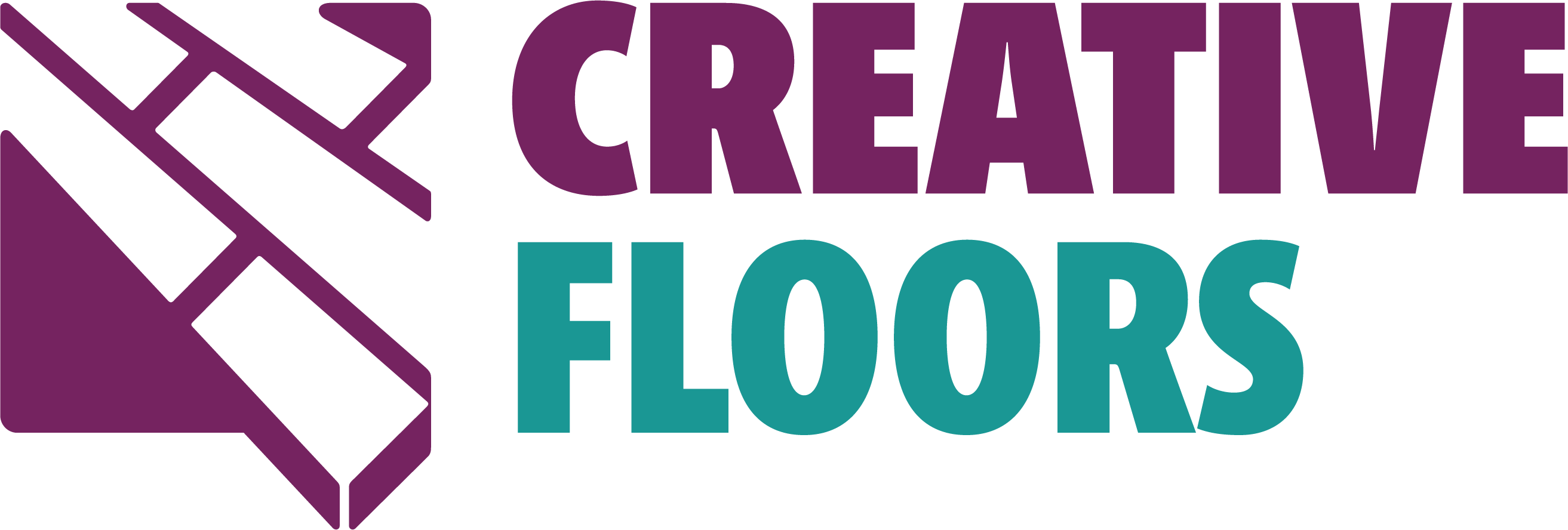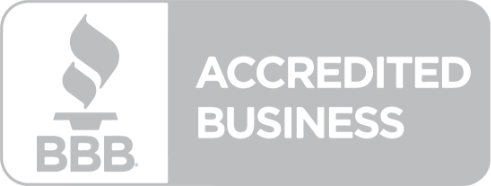Are your concerns about hardwood flooring holding you back from finalizing upcoming home build or remodeling plans? If so, we’re here to put your concerns to rest.
Hardwood Options For Every Household and Lifestyle
There are hardwood flooring options for every household and lifestyle. We guarantee you’ll be able to choose a wood floor option that achieves the level of timeless beauty you’re after – with the level of maintenance and durability that matches your daily routine.
Here is an overview of three of the most popular wood flooring options:
1. Traditional Hardwood
Just a quick note – we’re using the word “traditional” in the historical sense, rather than the design sense.
One of our favorite things about wood floors is their design flexibility. They look right at home whether you’re renovating a centuries old cabin or the most contemporary loft apartment in a high rise.
Hardwood floors tend to be made from the most sustainable hardwood specieses. Examples include:
- Oak: Oak trees grow in abundance in the U.S. and are the most affordable hardwood option. Oak has a hardness rating of 1290 on the Janka Wood Hardness Scale, making it very durable. This level of hardness is ideal because while oak floors are less susceptible to dents, scratching, or swelling with humidity fluctuations, they aren’t so hard that they split or shatter when being nailed or via sudden hard impact. Oak wood also takes stains easily, so you have many color options.
- Maple. Softer and slightly more expensive than oak, maple is another popular flooring option. Some maple species have minimal wood grain patterns, while others have detailed swirls and whorls. This wood ranges from very light (almost white) to grey.
- Hickory, American Cherry, or Walnut. These are also popular options but are softer and more expensive. Customers who choose these woods are drawn to their distinctive colors and wood grain patterns.
Other wood species used for flooring are pine, ash, birch, Douglas fir, and bamboo (which is actually a plant but is increasingly popular due to sustainability).
Benefits of Genuine Hardwood:
- Last a lifetime when well-maintained
- Look gorgeous in every application
- Durable depending on species
Downsides:
- Can change color either lighter or darker, depending on species, with UV exposure, ie. in front of sliding glass dooors
- Swell and warp in the presence of unmanaged water or moisture damage
- Need to be sealed/refinished/sanded and recoated at least once per decade
2. Engineered Hardwood
Here’s one fantastic reason to never mourn the loss of “real” wood floors. Engineered hardwood is natural wood. However, rather than being cut into solid planks, they’re “sliced” thinner, and those thin slices are treated with ultra-durable, waterproof sealants.
Those top hardwood layers, called veneers, are available in the wood species and finish of your choice, and are added to a “core” made from several layers (called lamina) of compressed wood fibers that are sealed together with strong adhesives. The final result of the process is engineered, hardwood plank floors.
Engineered hardwood is relatively resistant to dents and scratches, and easy to clean daily, but does require special products to retain its luster. However, it never has to be sanded and refinished.
Benefits of Engineered Wood Floors:
- More affordable than solid hardwood
- Much better hardwood option as it is ideal for Florida climate and installing on concrete slabs
- Can be sceened and recoated after years of use to retore original luster if needed
Downsides:
- More maintenance-dependent than laminate
- Susceptible to water damage that goes unnoticed or sits for too long
- UV light can chage colors
3. Water Resistant Hardwood
In this case, there is a thin, waterproof, sealed, and finished veneer (similar to engineered hardwood). However, the top lamina is sealed onto a 100% waterproof layer instead of being sealed to compressed wood core. This creates what we call a “floating floor” that is installed over a special flooring underlayment.
Water-resistant hardwood flooring has more give when it comes to falling or dropping things on its surface. This makes it a favorite for families with children and pets.
Pros of Waterproof Wood Floors:
- Unique beauty of hardwood at a more affordable price
- Waterproof*
- Soft landings
- More resistant to scratches or dings from pets, kids, or high-traffic volume
- Very easy to maintain
- The top layer, “veneer”, is real hardwood and therefore you will not have pattern repeat issues like that of laminate and vinyl plank because of the natural top veneer.
Downsides:
- *While called waterproof, “waterproof” hardwood will be damaged if left in standing water for too long (like a flood or significant leak when you’re out of town)
- Can dent or scratch with significant force (like large dogs with untrimmed nails or dropping a heavy paperweight)
In our experience, a single consultation with experienced flooring professionals in their showroom – or at home with their samples – is all homeowners need to determine which flooring best suits their lifestyle.
Learn Which Hardwood Flooring Option is Best For You
Creative Floors is here to help you determine which hardwood flooring options make the most sense in your home. Contact us to schedule a consultation. By answering a few questions and learning more about your day-to-day routine, we’ll know exactly which samples to explore with you.


